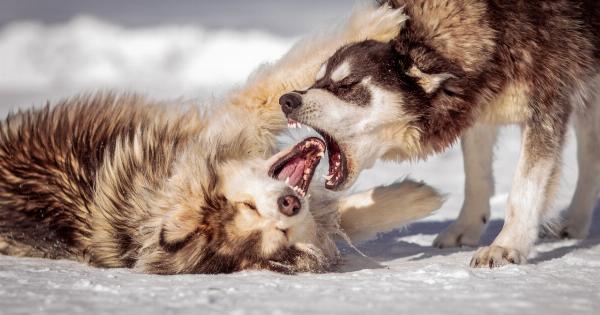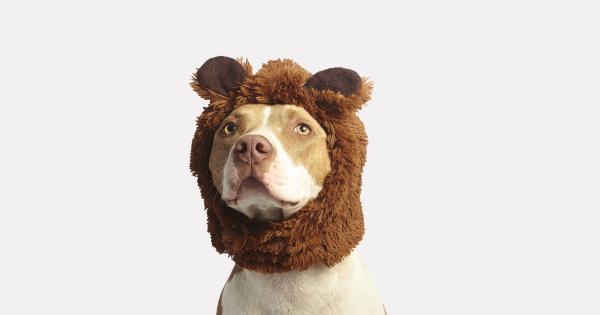Having an aggressive dog can be a challenging and potentially dangerous situation for both the owner and those around them.
It’s important to understand the various factors that can contribute to a dog’s aggression and determine who is responsible for their behavior. In this article, we will explore the different parties that may share responsibility for an aggressive dog and discuss ways to prevent and manage such situations.
1. The Dog Owner
First and foremost, the responsibility for an aggressive dog lies with its owner. A dog is a reflection of how it has been raised, trained, and cared for.
If an owner fails to socialize, train, or provide proper care for their dog, it can develop aggressive tendencies. It is the owner’s responsibility to ensure their pet receives appropriate training and socialization from an early age.
2. Breeders
Breeders also play a crucial role in a dog’s behavior. Irresponsible breeding practices that prioritize physical appearance over temperament can lead to aggression issues in certain breeds.
Breeders who fail to consider temperament and behavior traits when selecting parent dogs can contribute to the development of aggressive tendencies. Responsible breeders should prioritize the temperament and behavior of their breeding dogs to reduce the likelihood of aggression in the offspring.
3. Lack of Socialization
Proper socialization is vital in shaping a dog’s behavior. Lack of exposure to different environments, people, and other animals can result in fear and aggression.
Owners who do not actively ensure their dogs are exposed to various stimuli during their critical socialization period (up to 14 weeks of age) may inadvertently contribute to the development of aggression later in their dog’s life.
4. Neglect or Abuse
Dogs that have experienced neglect or abuse are more likely to develop aggressive behavior. Physical or psychological trauma can have long-lasting effects on a dog’s overall temperament.
Owners who neglect their dogs’ physical and emotional needs or engage in abusive behaviors can significantly contribute to their pet’s aggression issues.
5. Improper Training Techniques
The methods used to train a dog can greatly influence their behavior. Training techniques that rely on fear, punishment, or aggression can induce reactive and aggressive responses in dogs.
Owners who utilize these incorrect training methods may inadvertently worsen their dog’s aggression problems rather than mitigating them.
6. Lack of Supervision
If a dog displays aggressive tendencies, it is crucial for owners to provide proper supervision and management. Allowing an aggressive dog to roam freely, unsupervised in public spaces can lead to serious incidents and potential legal consequences.
Owners must take responsibility for their dog’s actions by ensuring they are always under control and appropriately confined or on a leash when outside the home.
7. The Role of Breed
While it is unfair to categorize all dogs of a specific breed as aggressive, certain breeds may have a higher potential for aggression due to their genetic predispositions.
This does not mean that all individuals within these breeds will be aggressive, but their inherent traits should be taken into account by owners and breeders. Responsible ownership becomes even more crucial when dealing with breeds that may have a higher predisposition for aggression.
8. Professional Help
When dealing with an aggressive dog, owners should seek professional help from certified dog behaviorists or trainers who specialize in aggression issues.
These professionals can provide valuable guidance on how to manage and modify a dog’s aggressive behavior safely. They can help implement behavior modification techniques and provide owners with tools to prevent potential incidents.
9. Legal Responsibilities
Dog owners have a legal responsibility to ensure that their pets do not pose a threat to others. This includes taking reasonable precautions to prevent dog bites or attacks.
In the event that an owner fails to take necessary actions and their dog causes harm, they may be held legally responsible for the damages. Laws and regulations regarding dog ownership vary by jurisdiction, so it is essential for owners to familiarize themselves with their local laws and obligations.
10. Society’s Responsibility
While individual responsibility for an aggressive dog lies primarily with the owner and breeders, society as a whole also plays a role.
Education and awareness campaigns can help promote responsible dog ownership and encourage potential owners to research and understand the responsibilities associated with caring for a pet. Communities can also work together to identify and report instances of neglect, abuse, or unsafe dog ownership.






























